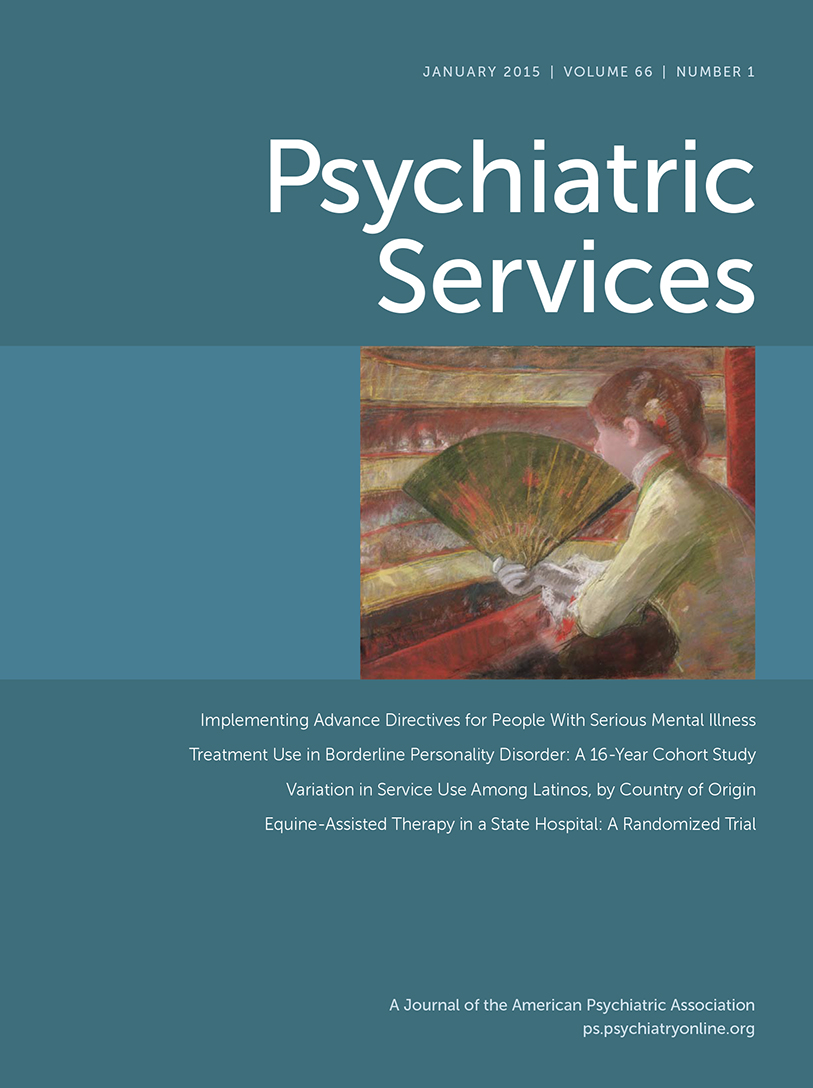A Prospective Study of the Associations Among Housing Status and Costs of Services in a Homeless Population
Abstract
Objective:
The complex needs of homeless populations result in use of a wide range of services and high costs for housing programs and psychiatric and general medical care. Allocation of resources often is not congruent with assessed needs. A series of cost-congruence hypotheses was developed to test assumptions that needs are associated with resources provided for appropriate services in homeless populations.
Methods:
Individuals (N=255) who were homeless were followed for two years and were categorized by housing status over time (consistently housed, housed late, lost housing, or consistently homeless). Detailed information about the individuals was obtained at baseline, and follow-up data were collected one and two years later. Extensive data about the costs of services provided by type (medical, psychiatric, substance abuse, and homeless maintenance and amelioration) were derived from 23 agencies, and service use information was collected from the agencies and by self-report. Multiple regression models were used to test the hypotheses.
Results:
Medical, psychiatric, and homeless maintenance costs varied by housing status. Serious mental illness predicted costs for psychiatric services, as expected, but also costs for substance abuse services and acute behavioral health care and total costs. Alcohol use disorders predicted substance abuse service costs.
Conclusions:
This study followed a homeless cohort prospectively and provided estimates of costs of service use derived from a large number of agencies. This research increases the understanding of patterns of service use in a homeless population and informs the provision of services appropriate to the complex needs of this difficult-to-serve population.



